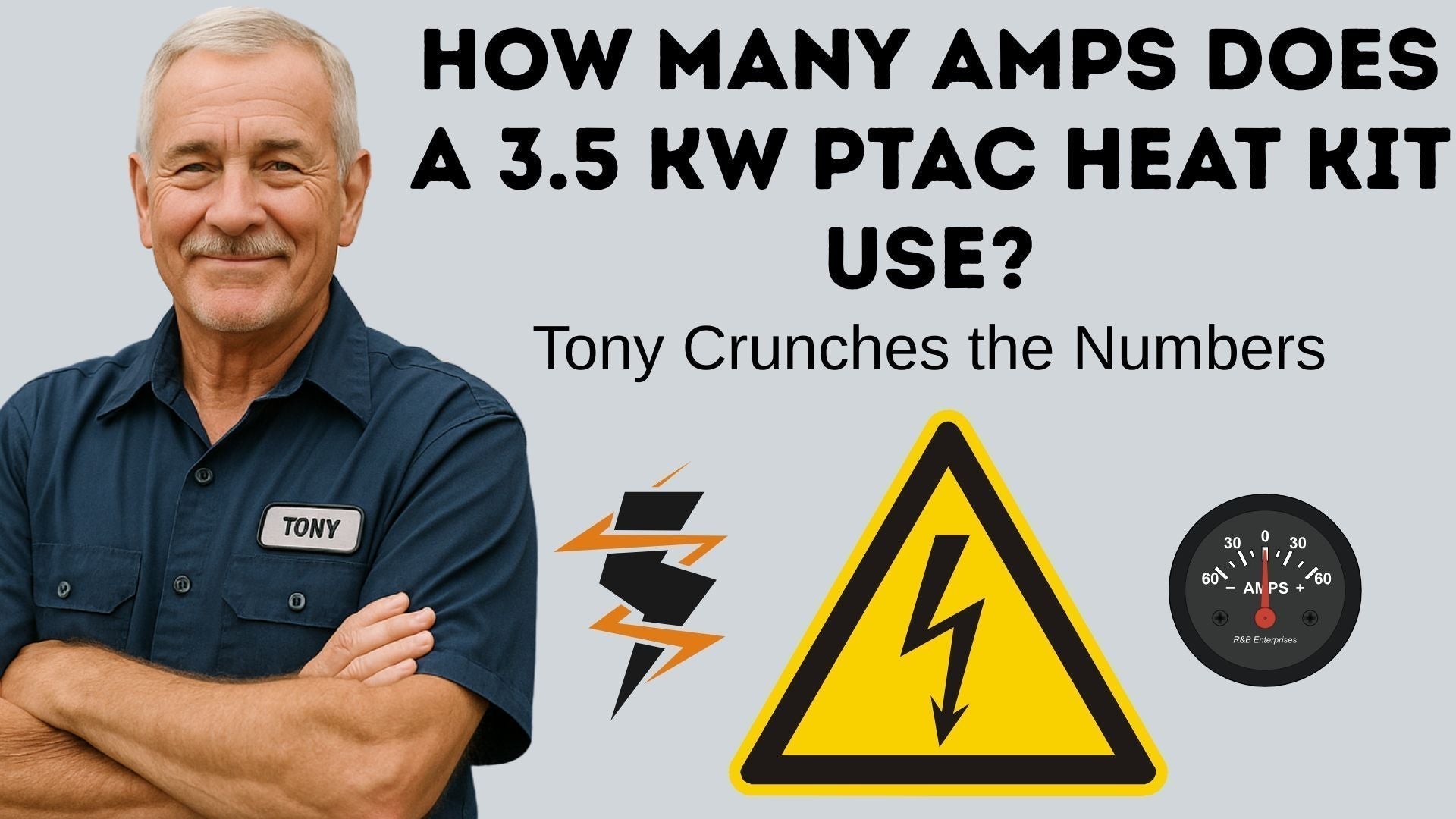HVAC Tips
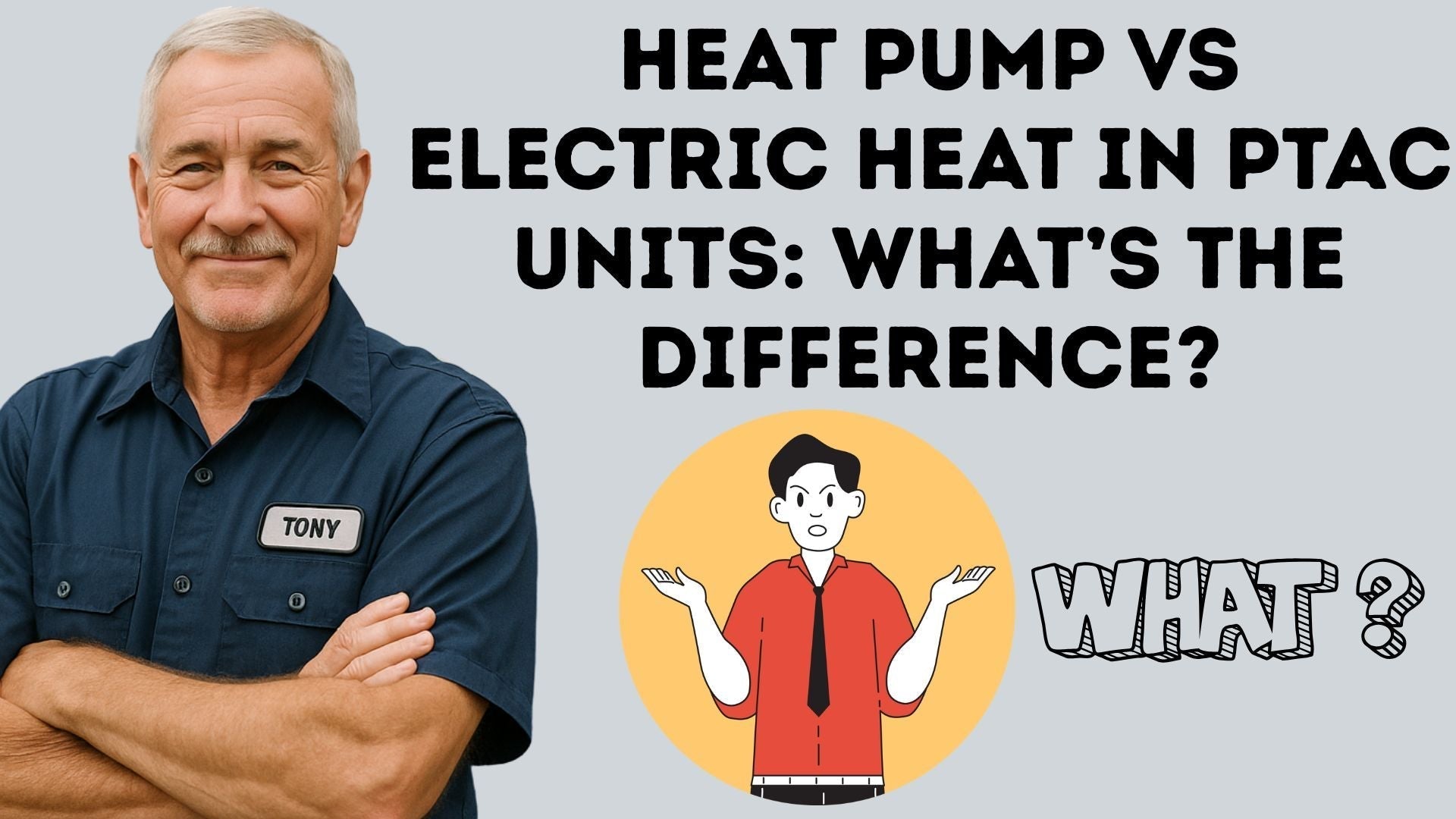
Heat Pump vs Electric Heat in PTAC Units: What’s the Difference? Tony Makes It Simple
Not sure whether to rely on a heat pump or electric backup heat in your PTAC? Tony the Tech breaks it down—what each one does, when to use them, and how they work together in Amana’s dual-heat PTAC units.

208V vs 265V PTAC Units: Tony Clears Up the Confusion Before You Fry a Circuit
Voltage mistakes can ruin your PTAC unit—or worse, your building’s wiring. Tony the Tech explains the difference between 208V and 265V systems so you can buy and install with confidence.

What Is a Heat Pump PTAC Unit? Tony Breaks Down How It Works and When to Use Backup Heat
Heat pump PTAC units are energy-efficient champs—until winter hits hard. That’s when backup electric heat steps in. Tony the Tech breaks it all down so you know what you're getting—and what to watch out for.
Cooling Crisis Ahead: Why R-32 May Be the Smarter, Greener Alternative to R-454B
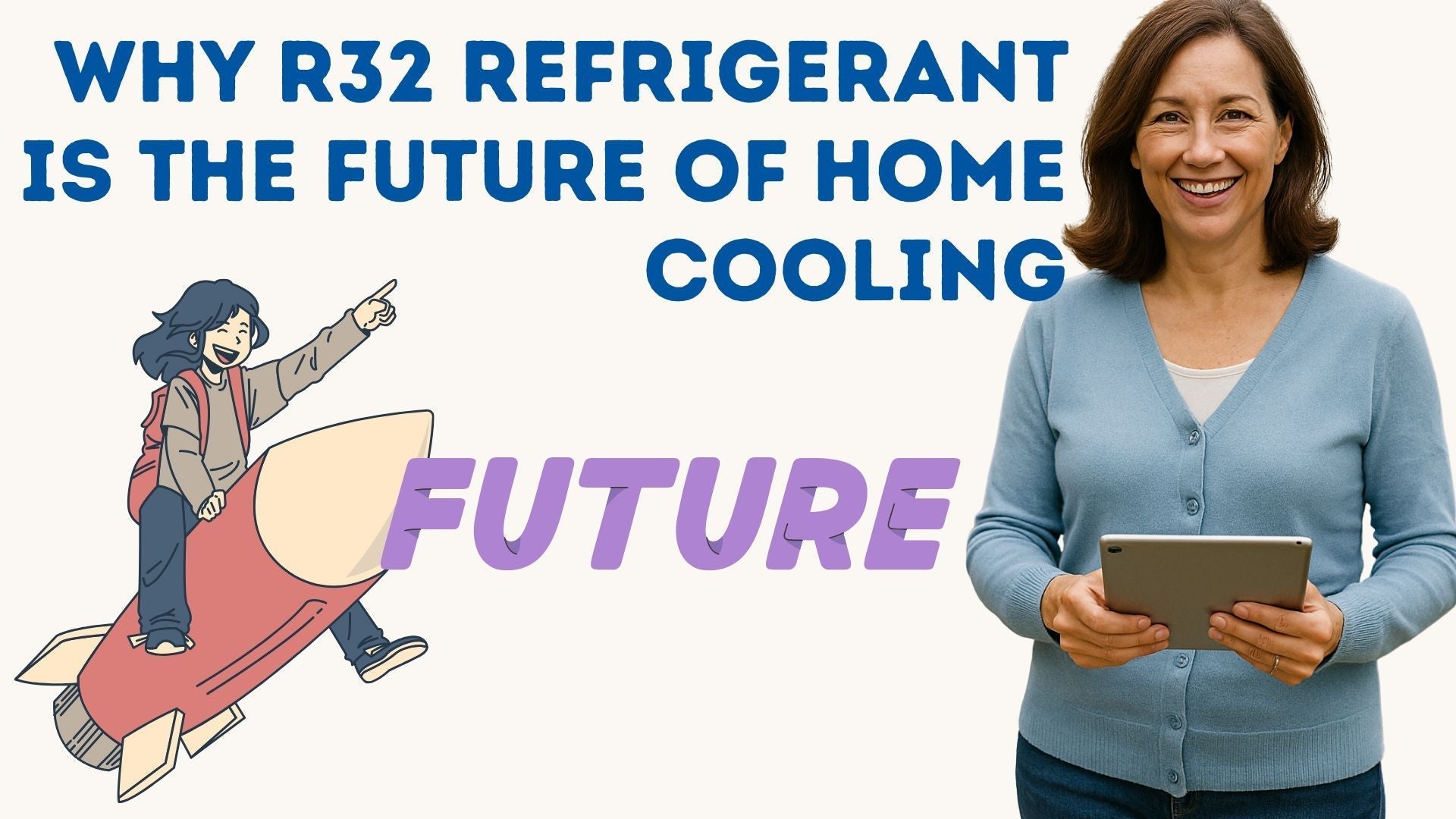
Why R32 Refrigerant Is the Future of Home Cooling
As homeowners seek energy-efficient and environmentally friendly cooling solutions, R32 refrigerant emerges as a leading choice. This guide explores the benefits of R32 in residential packaged air conditioners and why it's considered the future of home cooling.
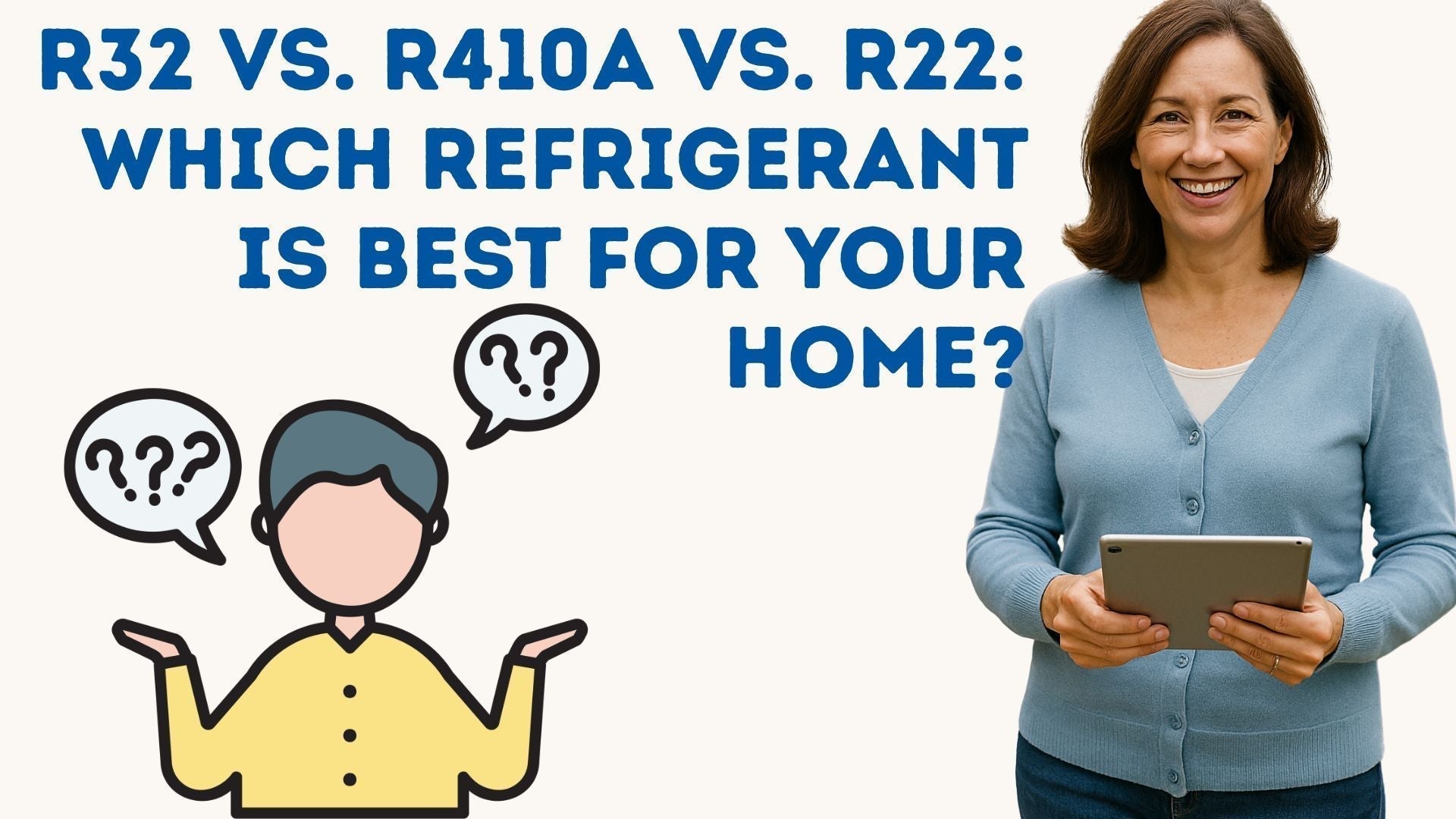
R32 vs. R410A vs. R22: Which Refrigerant Is Best for Your Home?
Choosing the right refrigerant for your home's air conditioning system is crucial for efficiency, environmental impact, and long-term savings. R32 is emerging as a superior alternative to older refrigerants like R410A and R22. Let's explore how R32 stacks up against these traditional options.
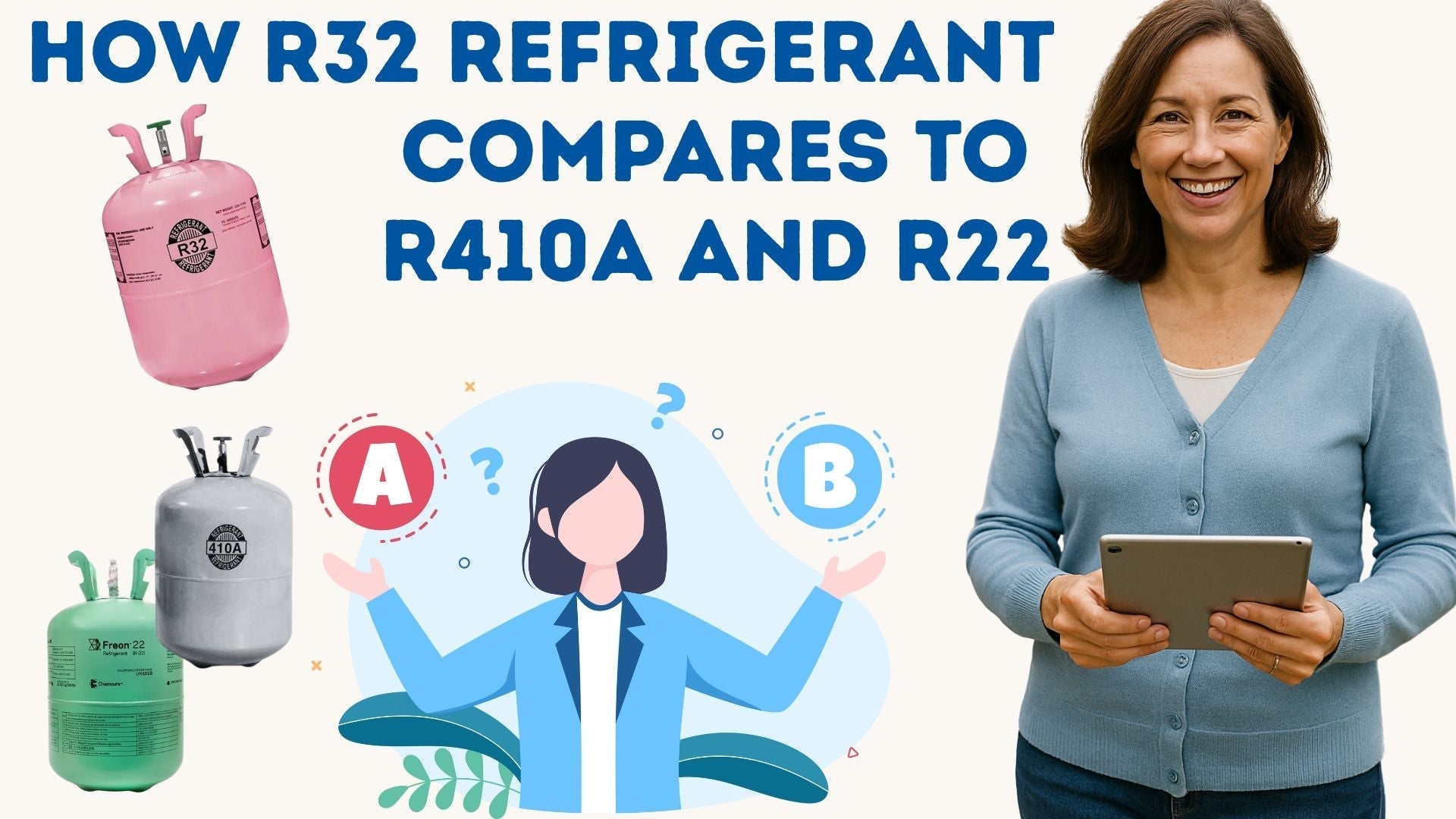
How R32 Refrigerant Compares to R410A and R22: A Homeowner’s Guide
Choosing the right refrigerant for your home's air conditioning system is crucial for efficiency, environmental impact, and long-term savings. R32 is emerging as a superior alternative to older refrigerants like R410A and R22. Let's explore how R32 stacks up against these traditional options.
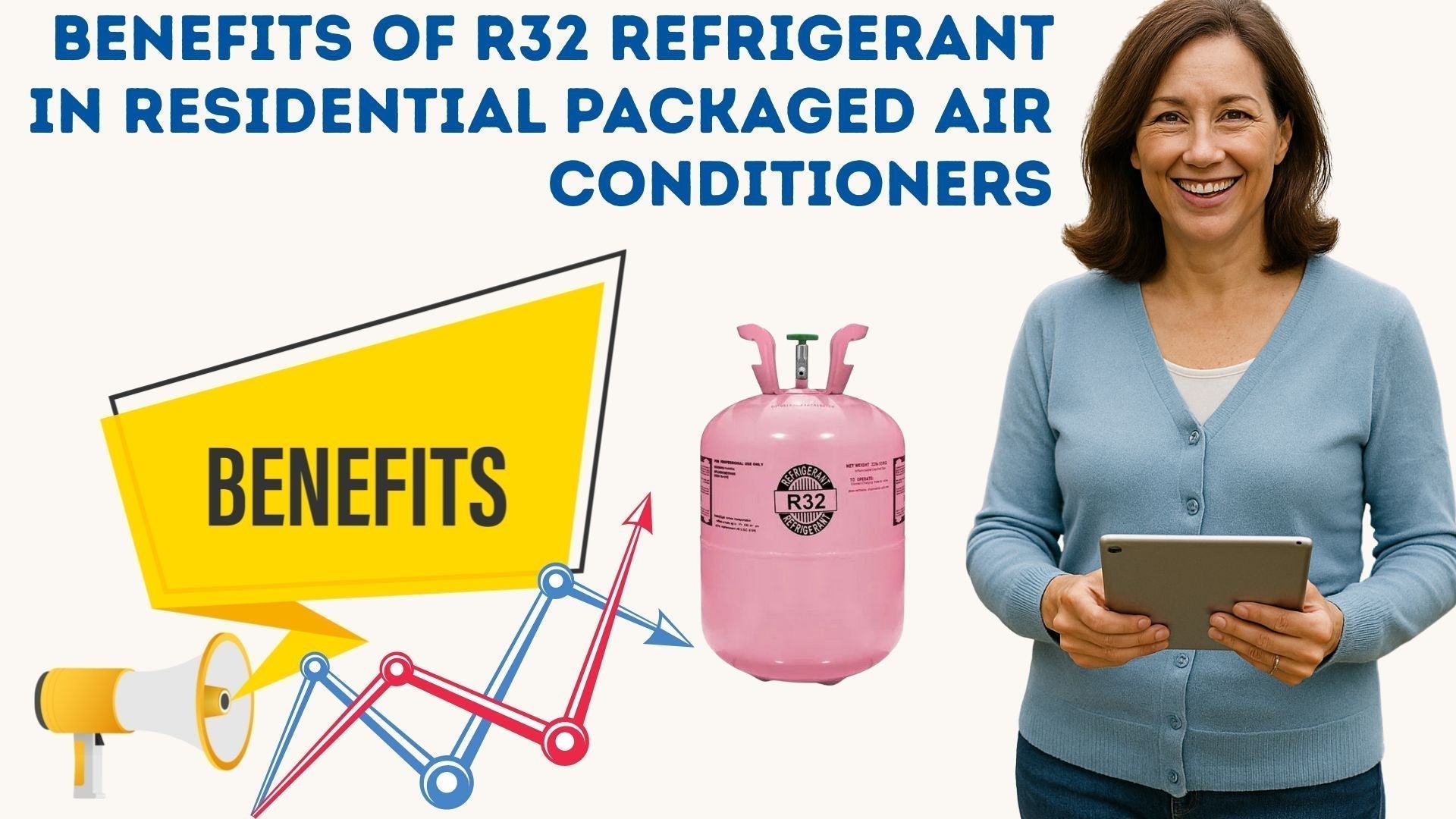
Benefits of R32 Refrigerant in Residential Packaged Air Conditioners
R32 refrigerant is rapidly becoming the go-to choice for residential packaged air conditioners. It offers enhanced energy efficiency, lower environmental impact, and better cooling performance. Let’s explore why R32 stands out and why it’s a smart choice for your home cooling needs.

How to Choose the Right R32 Packaged Air Conditioner for Your Home
Choosing the perfect R32 packaged air conditioner for your home can feel overwhelming with so many options. But focusing on key features like size, efficiency, and smart controls can make the process easier and ensure you get the best system for your needs. Let’s dive into what to look for when selecting an R32 system.
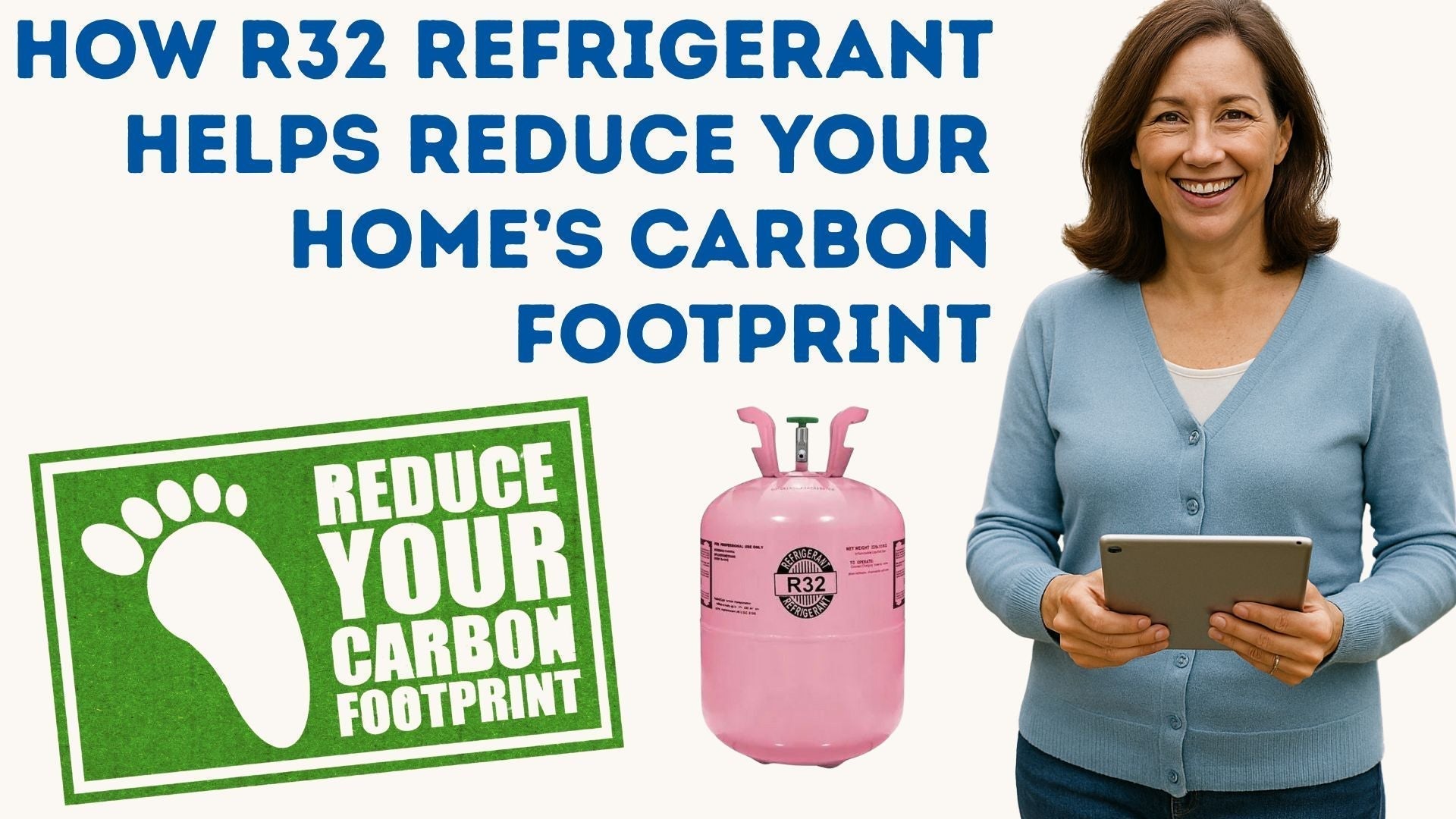
How R32 Refrigerant Helps Reduce Your Home’s Carbon Footprint
As energy costs rise and climate change concerns grow, many homeowners want to make greener choices. Switching to an R32 residential packaged air conditioner is a powerful way to reduce your home's carbon footprint without sacrificing comfort. Let’s explore how R32 refrigerant stacks up environmentally and why it’s becoming the preferred choice for eco-conscious consumers.

Will R32 Refrigerant Save You Money in the Long Run?
With rising utility costs and stricter environmental regulations, homeowners are asking smarter questions about their HVAC investments. One of the smartest? “Will switching to R32 refrigerant actually save me money?” Let’s break down the real cost benefits of choosing an R32 residential packaged air conditioner—and whether it’s worth the upgrade.
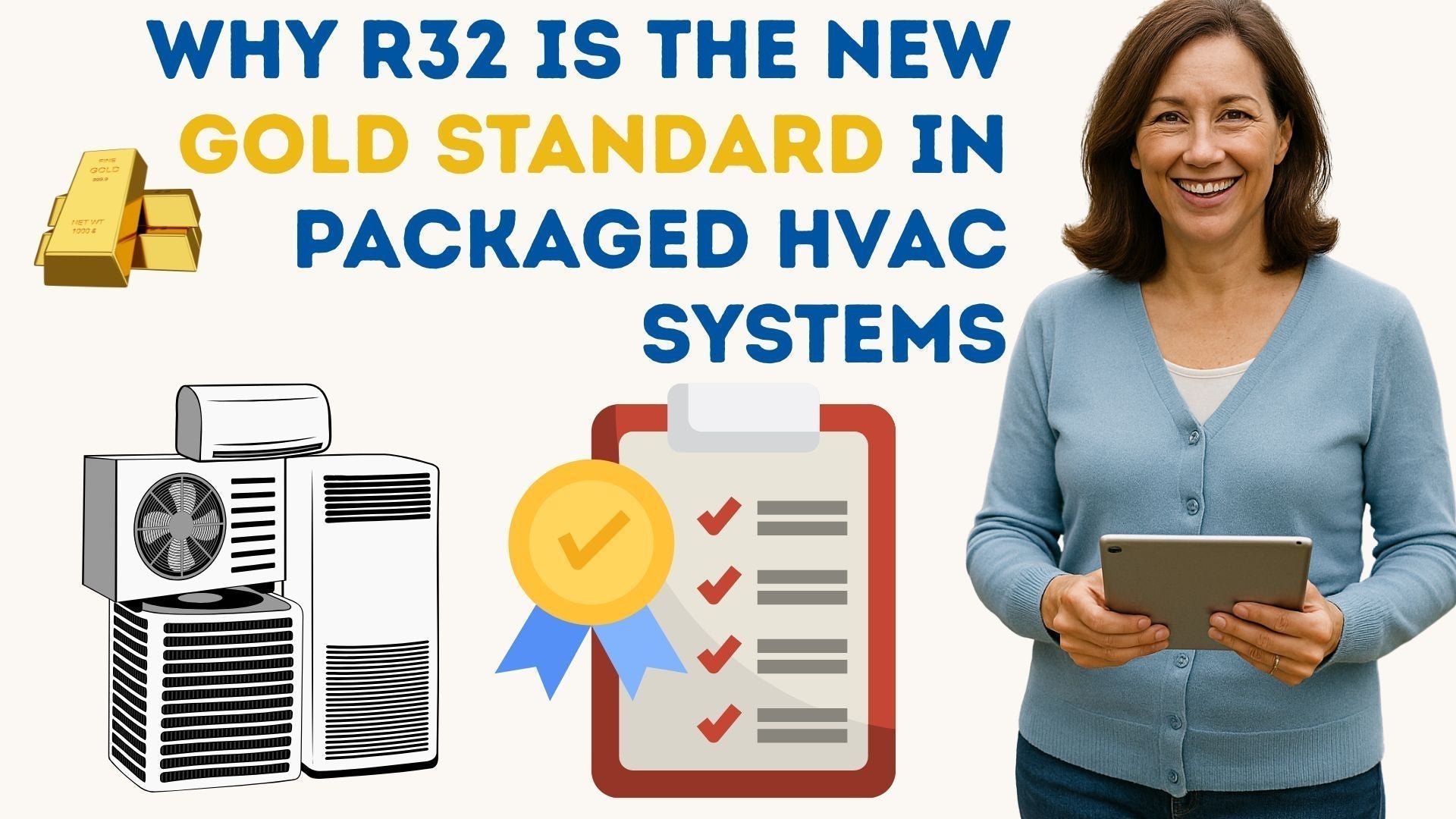
Why R32 Is the New Gold Standard in Packaged HVAC Systems
If you’re planning to upgrade your home’s HVAC system, you’ve probably seen the term R32 popping up everywhere. It’s not just industry jargon—it’s the future of home comfort. Here’s why more homeowners are choosing R32 residential packaged air conditioners to stay cool, save money, and protect the planet.

